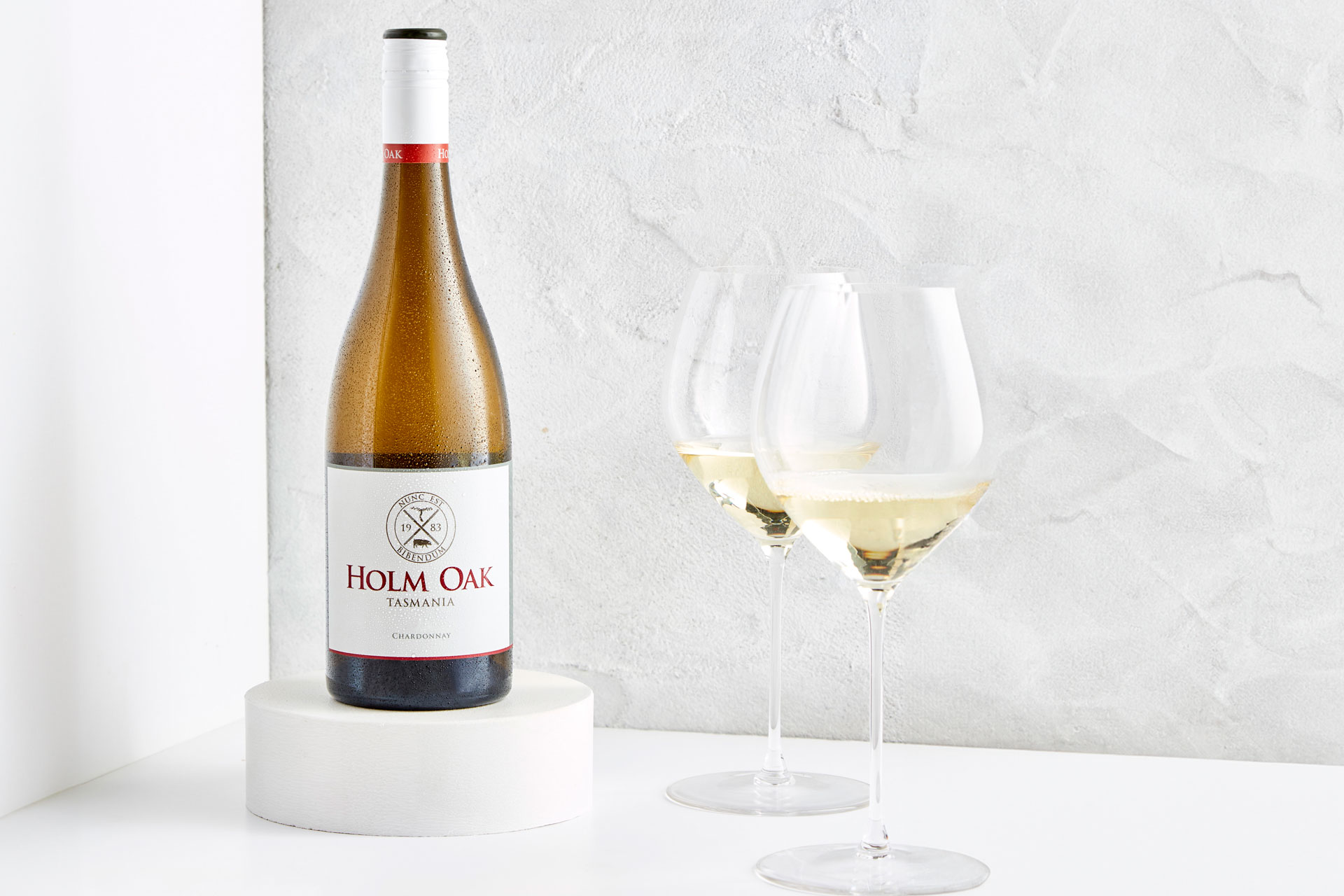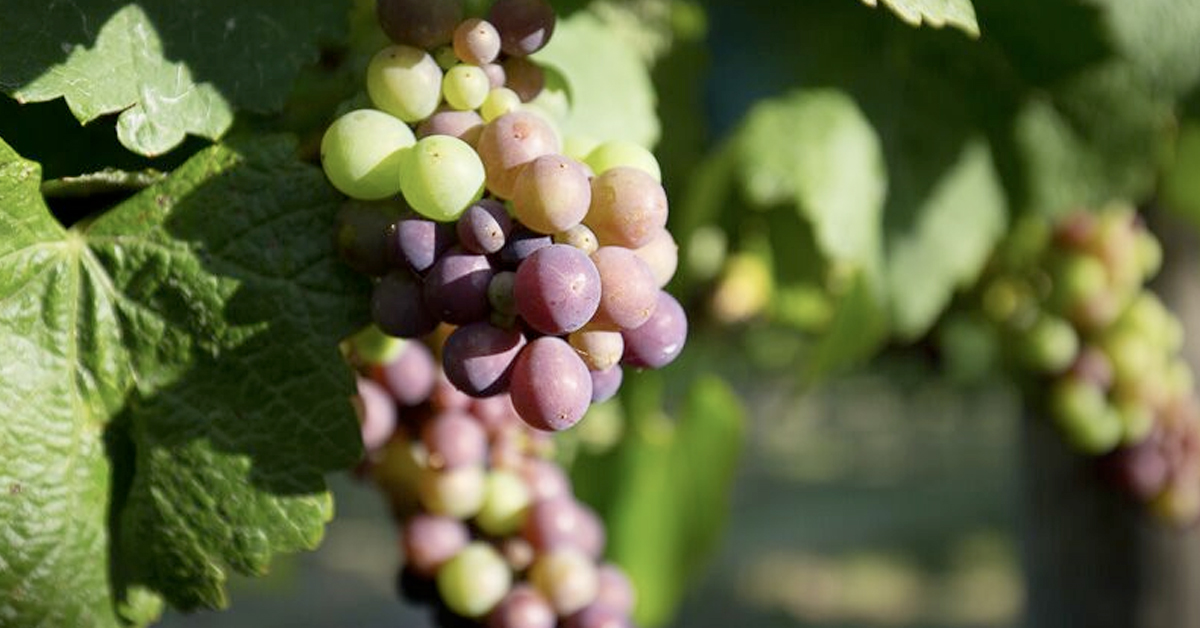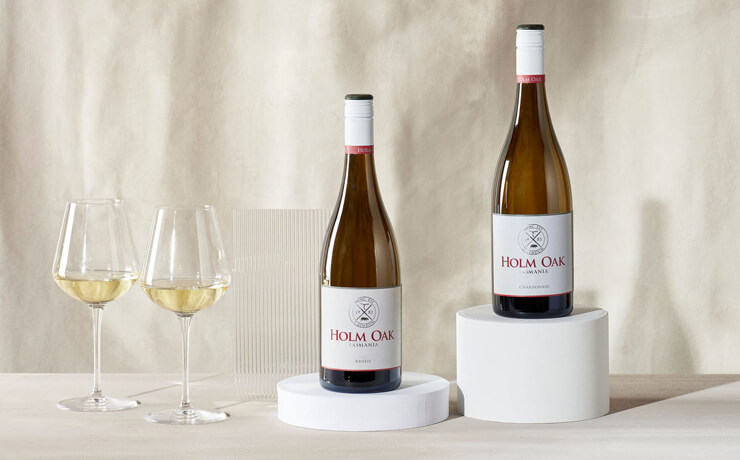How to Start a Wine Cellar
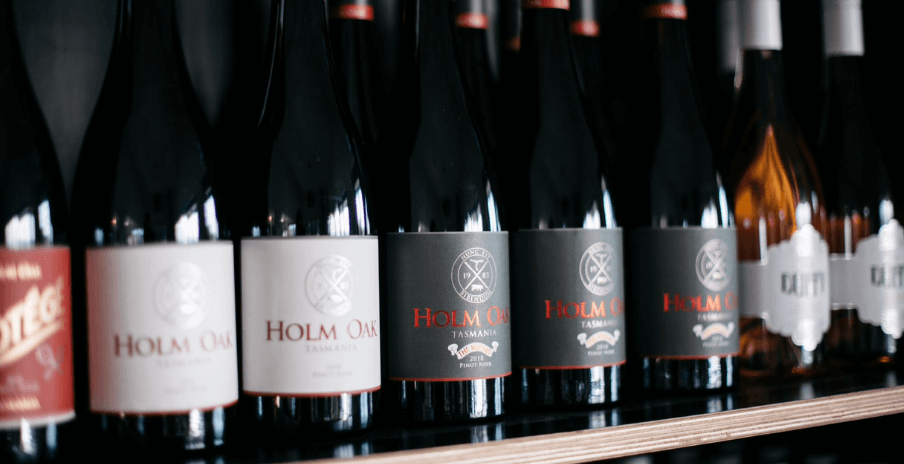
So, you’ve bought some special or age-worthy wines (or you want to), and you’re thinking about cellaring wine at home but don’t know where to begin. Starting your own wine cellar at home is not nearly as daunting as it may seem. Sure, there are some essential conditions you need to consider, but once you address those, you can be off and cellaring.
When you store your wines the right way, it can last for many years, increasing in both quality and value. Store them the wrong way, however, and you can spoil some very special wines. Luckily, these days, there’s innovative technology that can help you, too. Here are some tips and tricks on how to start cellaring your wine at home.
Where to Store Wine at Home
The three most important considerations for your at-home wine cellar are temperature, light, and stability. All of these should play a role in the spot you choose for your cellar.
Before you start, it’s a good idea to get a minimum/maximum thermometer, so you can see whether the cellar location you have in mind experiences spikes and dips in temperature, because temperature stability is key. Ideally, you want to store your wine at 14 to 16˚C. Obviously, wine fridges are great for this – check out such vendors as Kings Bottle, Vintec, and Appliances Online. However, you can also line a cupboard or something similar (preferably internally, within your home) with insulation. Under your house can also be a great option.
Keeping Wine at the Right Temperature
Why is temperature so important? Regardless of the type of wine, if it gets too warm or too cold, you can really damage its quality. Too hot, and you can accelerate the wine’s ageing process, destroy some of its vital compounds, and flatten its aromas and flavours. Too cold (below –4ºC), and you can freeze your wine, turning it to a wine-flavoured ice block!
Instead, you want to take a Goldilocks approach to wine storage. A temperature that is ‘just right’ – again, from 14 to 16˚C – will avoid extreme temperature fluctuations and keep your wine as stable as possible.
How Does Light Affect Wine Storage?
Wines are like vampires – they don’t like the light. You want to keep your wine in the dark as much as possible. Light, particularly ultraviolet rays from sunlight, can prematurely age and degrade your wine, damaging its aromas and flavours. In fact, one of the reasons some winemakers choose coloured-glass bottles is that they act like a pair of sunnies for the wine – limiting its exposure to light. Light globes in your home are unlikely to damage the quality of the wine; however, they can cause your labels to fade over time.
Why Are Vibrations Harmful to Wine?
It’s also a good idea to keep your wine cellar away from sources of vibration. This means avoid placing it near the washer and dryer, music speakers, home gym equipment and the like. Vibrations can disturb the sediment in the wine bottle, which can impact the wine’s ability to age well.
Because most Australian wines now have screw caps, it’s no longer necessary to store wine bottles horizontally to protect the cork (and therefore the wine). However, horizontal wine storage is still efficient for maximising space and enabling easy access.
Wine Cellar Apps
If you’re planning to buy a lot of wine to cellar (or just like playing with technology), you may want to consider using an app to organise and keep track of your wine collection. (For a low-tech version, a spreadsheet can work, too.) These apps let you track such factors as varietal, producer, vintage, cost, tasting notes, ideal drinking window, location in your cellar (if it’s big enough), date added to your cellar, and date removed from your cellar. You can also keep notes when you open a bottle, so you know whether it’s time to drink the remaining bottles or to cellar them longer. Ultimately, you’ll know exactly what you’ve got and when to drink it.
A few of the apps you may find helpful include:
- VinoCell, which lets you track the history of your cellar (both stored and removed bottles), record your tasting notes, and match dishes for every wine. The app provides a full wine summary, with the image, wine name, vintage and location, current price, and more. It’s available in the AppStore for US $8.99 (not currently available for Android devices).
- CellarTracker, which provides an online cellar-management tool to track your collection and monitor its value. It also has a huge collection of wine reviews, tasting notes and stories from other wine lovers. It’s available for both Apple and Android devices.
- OENO by Vintec, a virtual cellar-management app and personal sommelier. OENO allows you to keep track of the wines you have, their location in your cellar, and when to enjoy them at their best. It provides expert recommendations on when to open bottles, serving temperatures, decanting and glassware. It’s also available for Apple and Android users.
Wine Storage – Australia
If you’ve read this and you realise that at-home wine cellaring won’t work for you for some reason – maybe you just don’t have enough space or the adequate conditions – a number of facilities throughout Australia can store your wine collection for you. For example, Wine Ark has storage locations in all states except Tasmania, Northern Territory and the ACT. If you’re in the Sydney metropolitan area, there’s also Artisan Wine Storage or Kennards. In Victoria, Wilson Storage has several locations.
Holm Oak at Home
If you do have some of our wines that you’re thinking about ageing for a while or setting aside for a special occasion, check out our handy Holm Oak vintage and cellaring chart. We also have some specific tips and tricks on how to age and cellar Pinot Noir. Perfect for those Holm Oak Pinot Noirs and other cool-climate Tasmanian Pinots you want to lay down.
